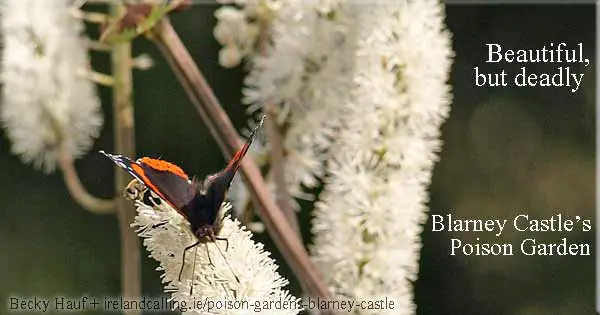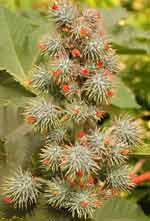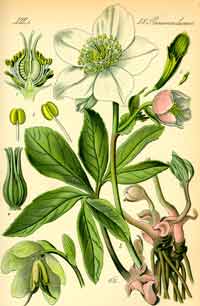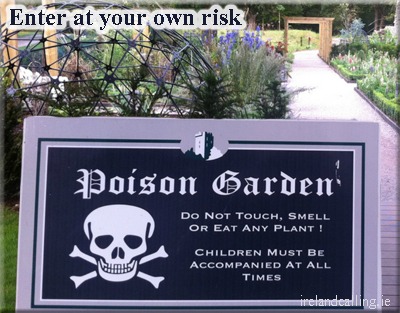Walking among some of the world’s most deadly plants may not be everyone’s idea of fun.
Blarney Castle
Blarney Stone
Blarney Castle Legends
Attractions in Ireland
However, it certainly appeals to thousands of visitors to Blarney Castle’s Poison Garden. Here you will find all sorts of beautiful but potentially toxic plans such as deadly nightshade, hellebore and opium.

Gardai confiscated marijuana plants in 2010
The garden hasn’t escaped the attention of the gardai (police force) who raided it in 2010 and confiscated its marijuana plants. This led to ongoing negotiations about licensing issues.
The entrance to the garden features a picture of a skull and crossbones with the warning: Poison Garden: Do not touch, smell or eat any plant! Children must be accompanied at all times. Visitors are warned that they must enter at their own risk.
While the warnings may be a little over dramatic to increase the sense of danger to make the gardens more alluring, they are still relevant. Many of the plants can cause illness and even death, although the more dangerous ones are kept at a safe distance from visitors in special enclosures.
Ironically, some of the plants in the past have been used in herbal medicine, giving an extra resonance to the old saying about medication that will “either kill or cure”.
Ricin and the murder of Georgi Markov in London

There are sign posts in front of each plant giving its history and details about its poisonous properties. This often throws up a few surprises. For example, many people will have used castor oil and so might be surprised to learn that the castor oil plant (Ricinus Communis) is described as “absolutely deadly in the tiniest amounts”.
Whether the plant can be used safely or not depends on how its various properties are extracted and developed. For example, the extraction of castor oil leaves a residue which contains the deadly poison ricin.
This was used in the murder of Russian Georgi Markov in London in 1978. He was poked in the leg by the tip an umbrella which contained ricin. He died three days later in hospital. The story made headlines around the world amid allegations of international espionage and criminal gangs.
Beauty, hallucinations and a dubious cure for worms

is a popular plant because it flowers in the depth of winter, but it can also be deadly if not used in the right way.
The roots can cause vomiting and so were sometimes used by parents hundreds of years ago to treat children who had been infected by worms. The idea was that by making the children vomit, the worms would be removed from the stomach.
This approach could produce results but often the worms remained in the gut so more doses were used, sometimes resulting in the children being poisoned.
The beautiful deadly nightshade (Atropa belladonna) plant was sometimes used by women, especially in Venice, to increase their beauty by making their pupils dilate. Unfortunately, it could also caused hallucinations and even death in some cases.
Folklore said that deadly nightshade was the property of the Devil and that anyone picking its berries had better be prepared to meet the Devil face to face. It’s thought the story was used to frighten children away from the berries which, although harmful, can be quite pleasant to eat.
The storyboards about each plant make fascinating reading and add enormously to your visit to the Poison Garden.

Blarney Castle
Blarney Stone
Blarney Castle Legends
Read about more Irish castles
holidays.html
